Plumeria, also known as frangipani, is a stunning tropical plant known for its sweet fragrance and vibrant blooms. Whether you’re growing it indoors or outdoors, with the right care, plumeria can thrive and bring a touch of the tropics to any space.
In this article, we reveal 15 plumeria growing tricks that work both indoors and outdoors. From proper watering and fertilizing to temperature control and pruning tips, these expert strategies will help you grow healthy, beautiful plumeria plants that bloom year after year. Follow these tips and enjoy the exquisite flowers and tropical vibes right in your own garden or home!
Choose the Right Pot
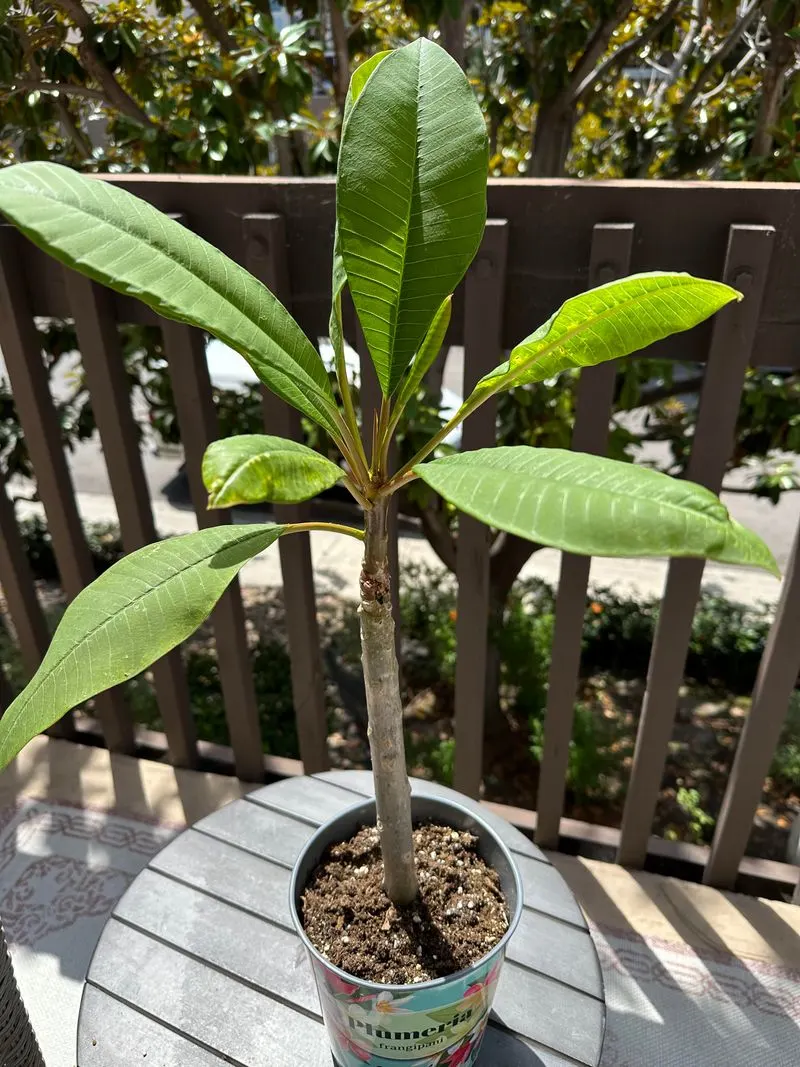
Selecting an appropriate pot is crucial for plumeria growth. Opt for a medium-sized pot with drainage holes to prevent waterlogging. Terracotta pots are ideal as they allow for air circulation, which is beneficial for the roots. Ensure the pot is deep enough to accommodate the root system. If you plan to move your plumeria indoors during colder months, a pot with handles can ease the transition. Regularly check for root-bound signs and re-pot when necessary. Use a well-draining soil mix to further support healthy growth. This approach aids in maintaining plant vitality and bloom production.
Soil Composition
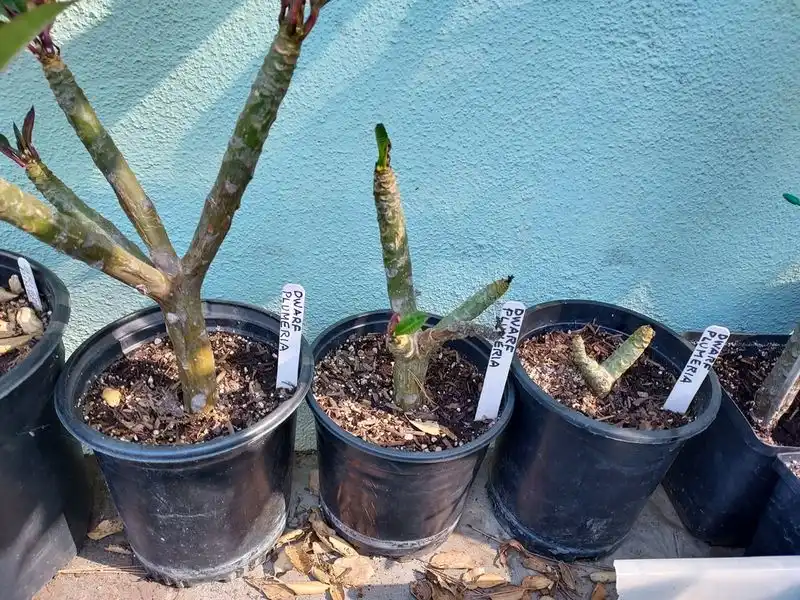
Soil quality directly affects plumeria health. A mix containing perlite, sand, and compost ensures excellent drainage and nutrient availability. Avoid heavy soils that retain water, as plumerias are prone to root rot. Test the soil pH periodically; slightly acidic to neutral soil is preferred. You can amend the soil with organic matter like leaf mold to enhance fertility. Be cautious of over-fertilization; a balanced approach yields the best results. Regularly refresh the topsoil and monitor moisture levels to avoid dry conditions. This careful management fosters robust growth and vibrant blooms.
Watering Schedule
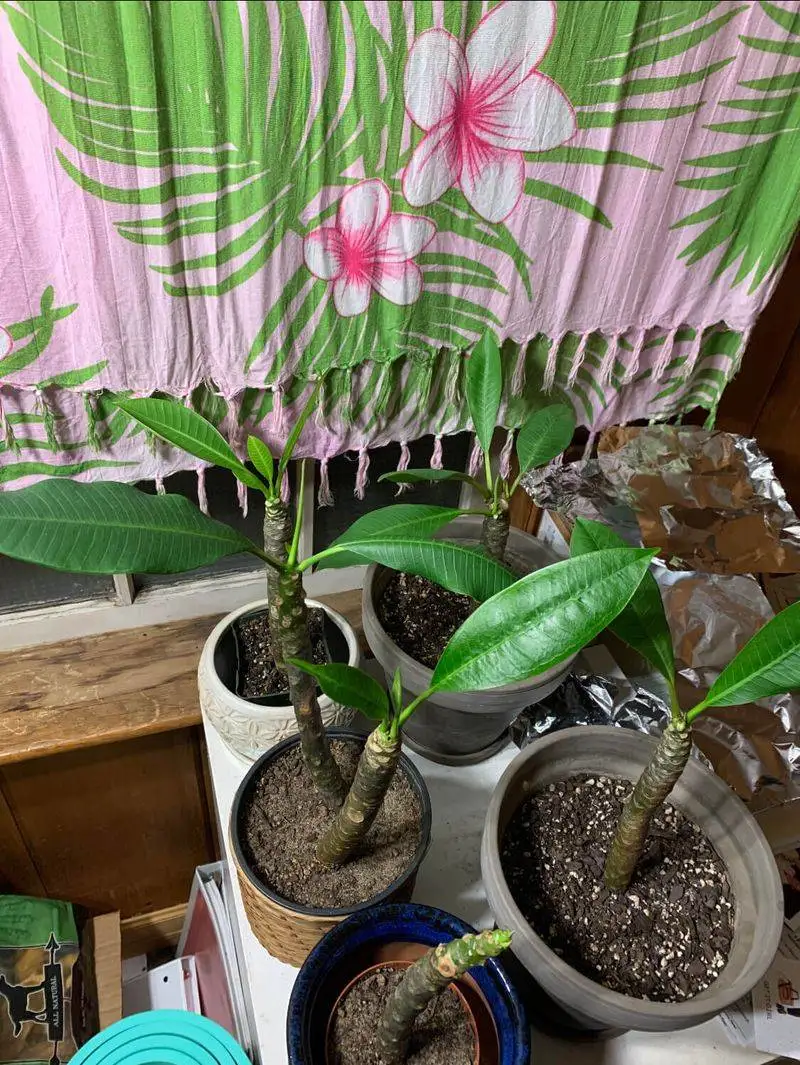
Consistent watering is vital for plumerias. During the growing season, water them deeply and allow the soil to dry slightly between sessions. Avoid waterlogged conditions by ensuring good drainage. In winter, reduce watering as the plant enters dormancy. Over-watering in cooler months can lead to root rot. Consider using a moisture meter to gauge soil moisture accurately. Watering in the morning allows foliage to dry by evening, reducing disease risk. Adjust the frequency based on indoor or outdoor placement, as indoor plants may dry out slower. This mindful approach aids in thriving growth.
Optimal Sun Exposure
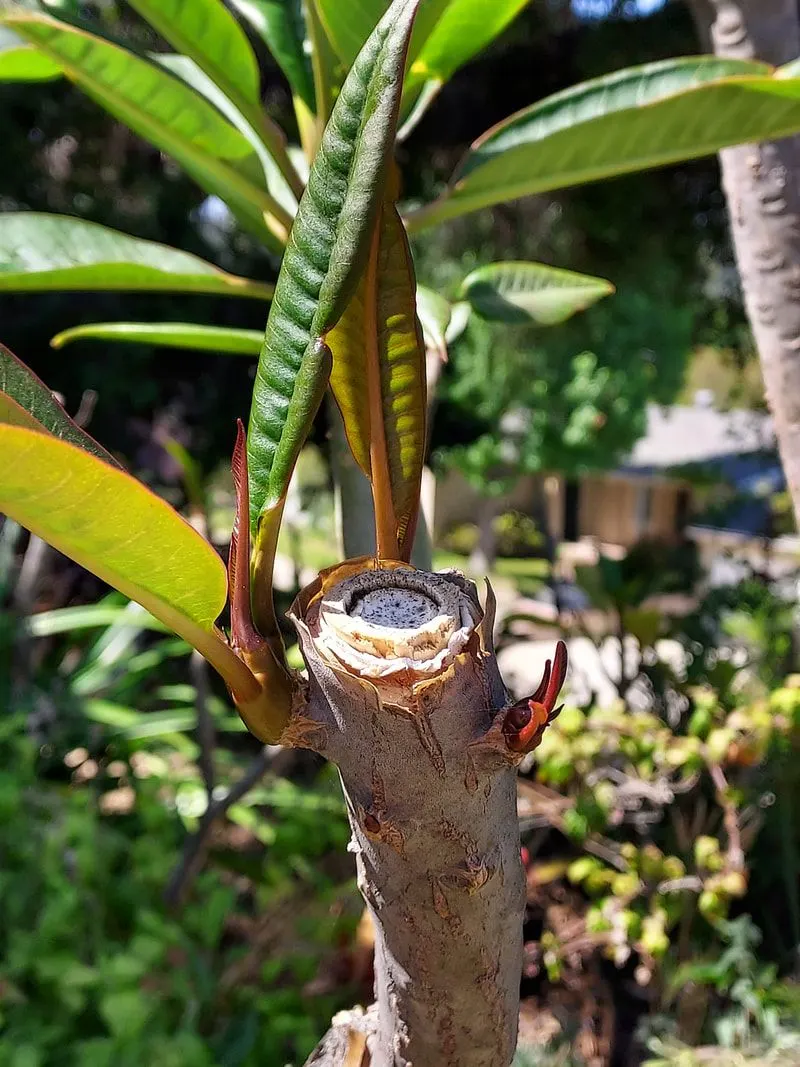
Plumerias thrive in full sunlight, needing at least 6-8 hours of direct light daily. For indoor growth, place them near a south-facing window. If natural light is insufficient, consider supplemental grow lights to mimic the sun’s intensity. Monitor leaf color as an indication of light quality; yellowing leaves may suggest inadequate light. In extremely hot climates, some afternoon shade can prevent scorching. For outdoor arrangements, select a location with unobstructed sunlight. Adjust positioning if growth appears stunted. This balance of light exposure encourages healthy foliage and prolific flowering.
Temperature Control
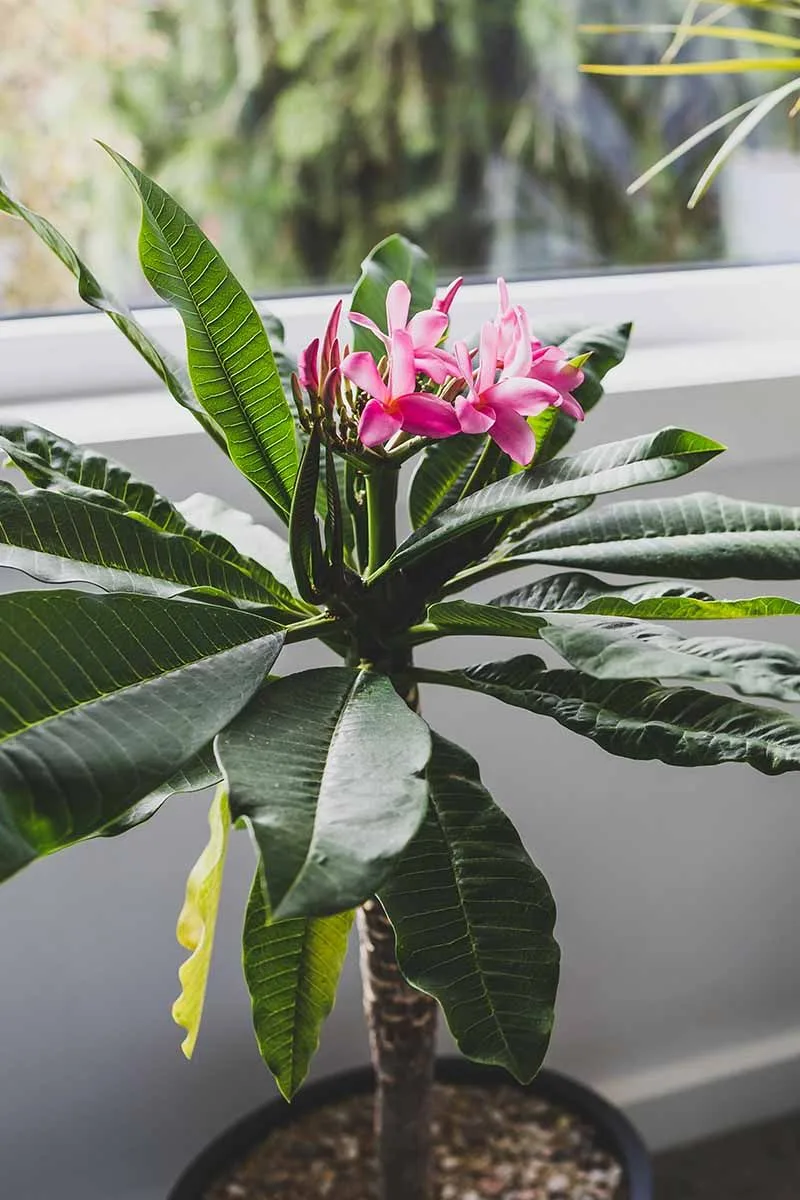
Plumerias prefer warm temperatures, thriving between 65°F and 85°F. Protect them from temperatures below 50°F, as they are sensitive to cold. Indoors, maintain a consistent temperature using HVAC systems. For outdoor plants, consider frost protection methods like blankets or move them to sheltered areas during cold snaps. Sudden temperature changes can stress the plant, so gradual transitions are best. If growing indoors, avoid drafty windows or doors. In hot climates, ensure adequate hydration to counteract heat stress. This careful temperature management ensures year-round vitality and blooming.
Pruning Strategy
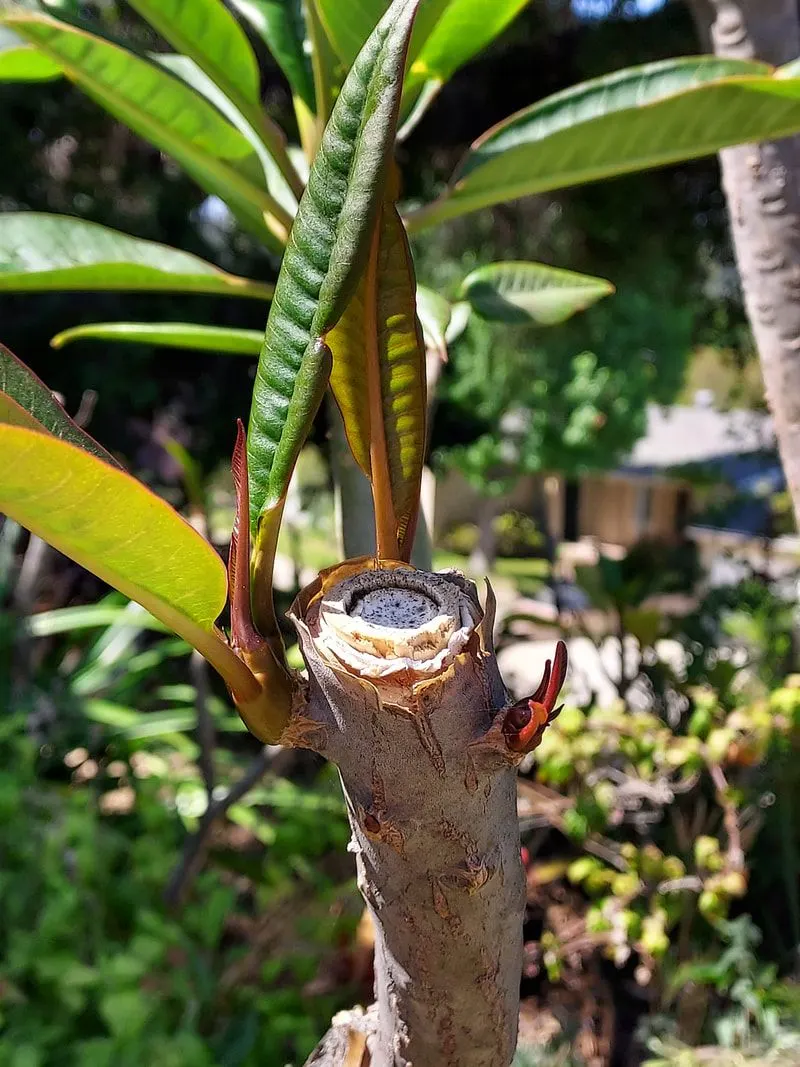
Pruning plumerias encourages a fuller shape and more blooms. Use sharp, sterilized shears to remove dead or diseased branches. Focus on cutting just above a node to stimulate new growth. Pruning is best done in late winter or early spring, before the growing season begins. This timing minimizes stress and maximizes bloom potential. Regularly inspect your plant and remove any crossing or crowded branches. This not only improves air circulation but also enhances light penetration to the inner leaves. By controlling growth, you ensure a healthier, more productive plant.
Fertilization Regimen
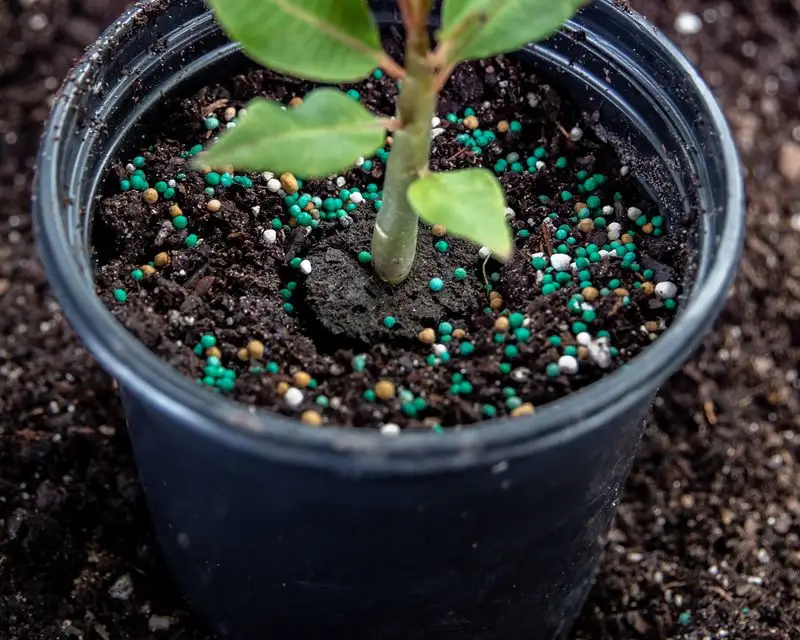
Feeding plumerias with the right nutrients is key to vibrant blooms. Use a balanced fertilizer with equal parts nitrogen, phosphorus, and potassium. Apply during the growing season every 2-4 weeks. Opt for a slow-release formula to provide consistent nourishment. Be cautious of over-fertilizing, which can harm the plant. Monitor foliage for signs of nutrient deficiencies, such as yellowing leaves or stunted growth. Adjust the fertilizer type or frequency as needed. For indoor plants, reduce feeding during winter when growth slows. This regimen supports robust health and abundant flowers.
Pest Management
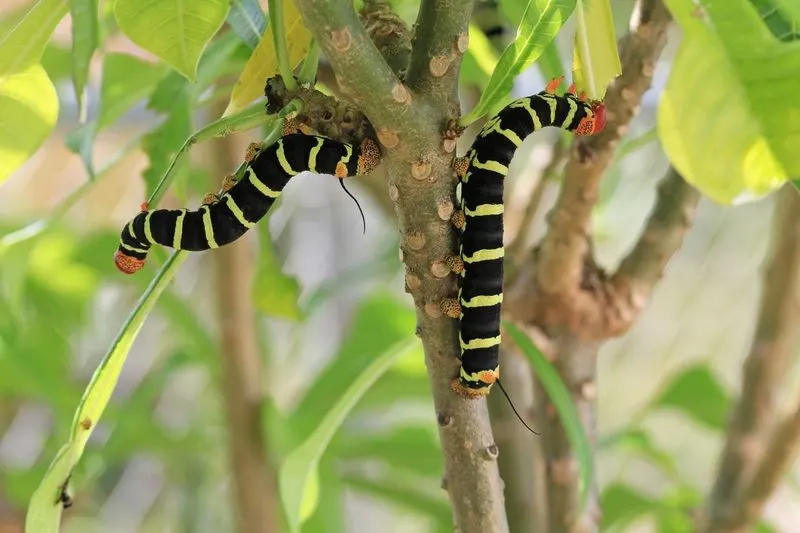
Pests can be a challenge for plumeria enthusiasts. Common culprits include aphids, spider mites, and mealybugs. Regularly inspect plants for early signs of infestation. Use a magnifying glass to catch tiny invaders. Natural remedies like neem oil or insecticidal soap can effectively manage small outbreaks. Encourage beneficial insects, such as ladybugs, to aid in pest control. Maintain plant health to reduce susceptibility; stressed plants are more prone to infestations. For severe cases, consider professional pest control services. By staying vigilant, you can ensure your plumerias remain pest-free and thriving.
Humidity Considerations
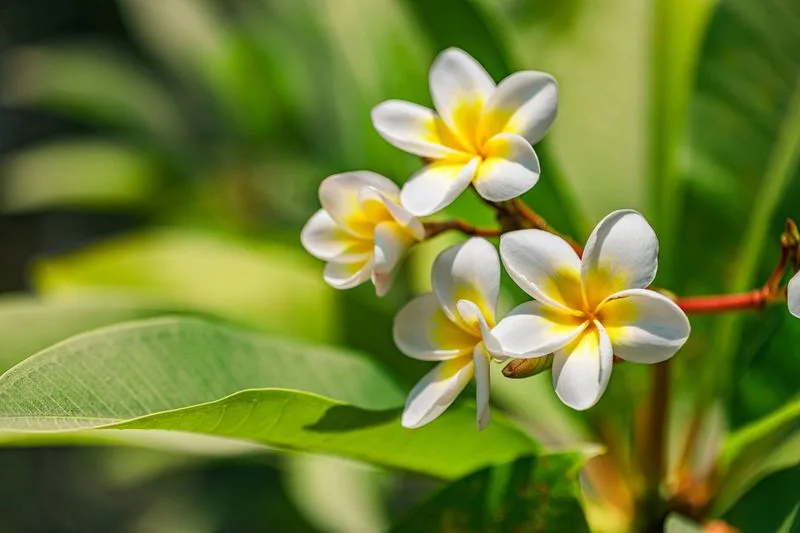
Humidity plays a vital role in plumeria health. Ideally, maintain humidity levels between 40% and 60%. Indoor environments can be dry, especially during winter, so consider using a humidifier to maintain optimal conditions. Grouping plants together can also help increase humidity. On the flip side, ensure adequate ventilation to prevent fungal issues in overly humid conditions. Monitor for signs of low humidity, such as leaf curling. Adjust humidity levels gradually to avoid plant shock. Balancing humidity ensures healthy growth and vibrant blooms indoors and outdoors.
Propagation Techniques
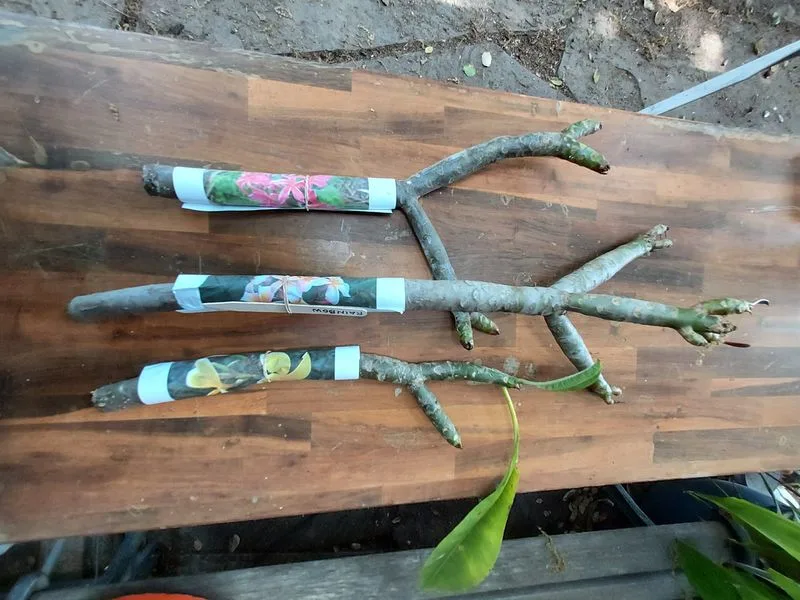
Propagating plumerias from cuttings is both rewarding and economical. Start by selecting healthy cuttings about 12 inches long. Allow the cut end to dry and callous for a few days to prevent rot. Dip in rooting hormone to promote root development. Plant in a well-draining soil mix and water sparingly until roots establish. Place in a warm, bright location to encourage growth. Roots typically develop within 4-6 weeks. Propagation allows you to expand your collection or share plants with friends. With patience and care, you can cultivate new plants from simple cuttings.
Seasonal Care
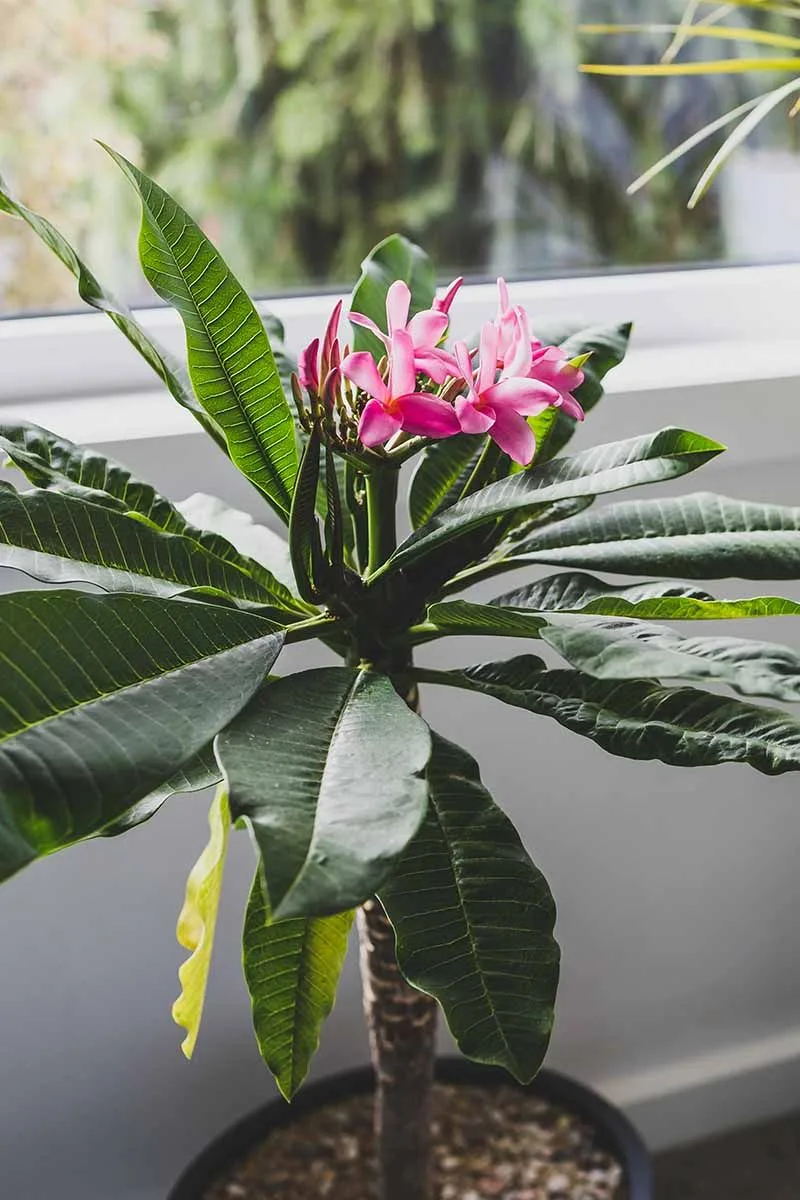
Seasonal changes necessitate specific plumeria care. In spring, focus on pruning and repotting. Summer is ideal for maximizing sun exposure and regular feeding. As autumn arrives, reduce watering and begin preparing for dormancy. Indoor plants may require supplemental lighting during shorter days. Protect outdoor plants from frost as winter approaches. Use mulch or blankets to insulate roots against cold. Regularly assess plant health and adjust care methods to suit seasonal demands. By aligning your care routine with the seasons, you ensure your plumerias thrive year-round.
Container Gardening
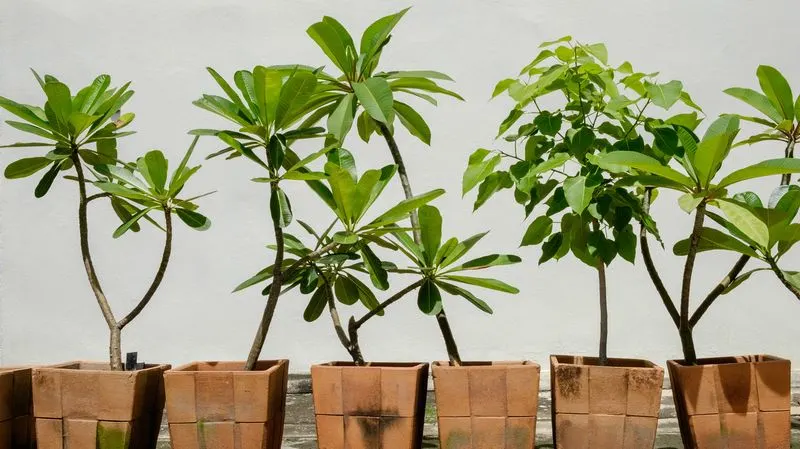
Growing plumerias in containers offers flexibility and control. Choose pots that accommodate growth and have adequate drainage holes. This method allows for easy relocation to capture optimal sunlight or shelter from cold. Monitor soil moisture closely, as containers can dry out faster than garden beds. Regularly refresh potting mix to maintain soil health. Container gardening suits those with limited space or who enjoy moving plants indoors during winter. Select a variety of pot designs to complement your décor. This approach enhances your gardening experience, providing vibrant blooms in confined spaces.
Dealing with Dormancy

Understanding plumeria dormancy is essential for maintaining plant health. As temperatures drop, growth slows, and leaves may fall, indicating dormancy. During this period, reduce watering significantly to prevent root rot. For indoor plants, ensure they receive adequate light to avoid stress. Dormancy is a natural process that conserves energy for the next growing season. Avoid feeding during dormancy, as plants are not actively using nutrients. Patience is key; once conditions are favorable, new growth will emerge. Recognizing and adapting to dormancy ensures continued vitality for your plumerias.
Indoor Lighting Solutions
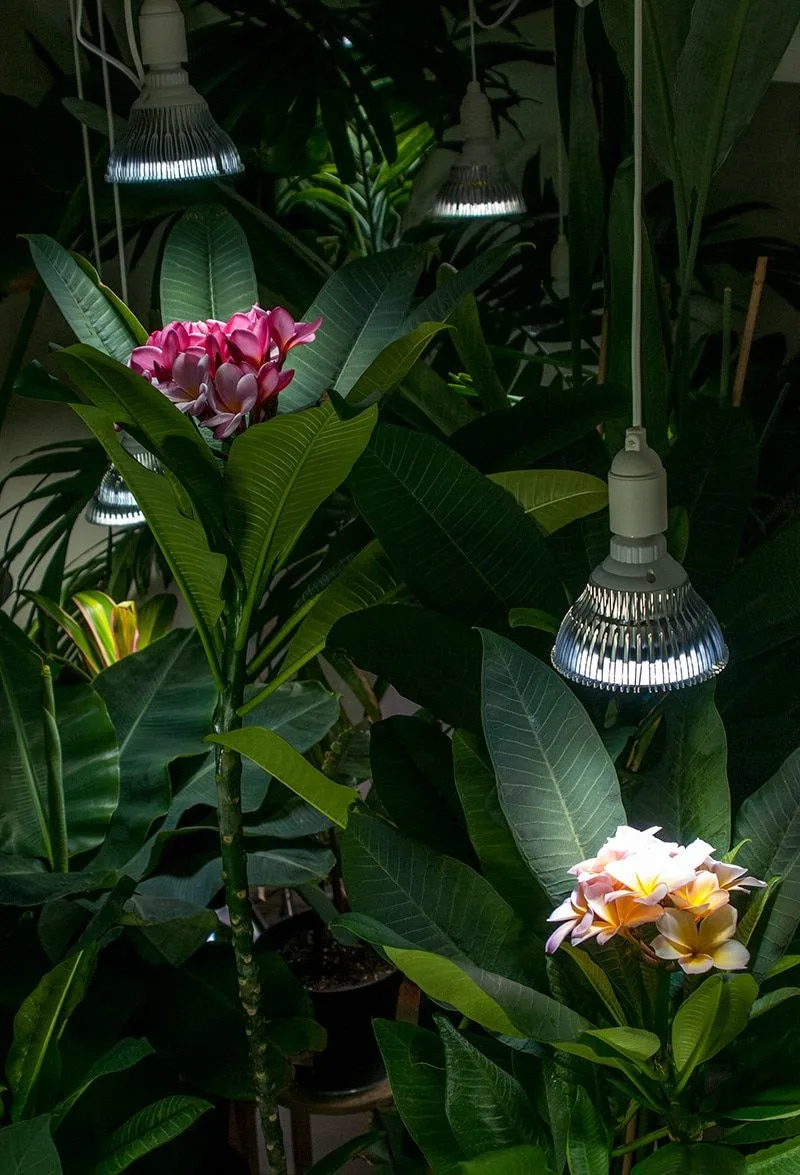
Indoor plumerias may struggle with insufficient natural light, making supplemental lighting a valuable tool. LED grow lights offer energy-efficient solutions. Position lights to provide even coverage, mimicking natural sunlight. Adjust the duration based on the plant’s needs, typically 12-16 hours daily. Ensure light intensity suits the growth stage; seedlings require less than mature plants. Rotate plants regularly for uniform growth. Supplemental lighting can also benefit plants during overcast weather or shorter winter days. By enhancing indoor light exposure, you support robust growth and flowering.
Musical Growth Serenade

Could music be the secret to flourishing plumerias? Some gardeners swear by serenading their plumerias with soothing classical music. This unconventional method is said to promote growth and enhance blossom production. The theory is that sound waves can stimulate plant cells, encouraging a more robust growth pattern.
Try placing small speakers around your plumeria garden and playing gentle melodies for a couple of hours daily. Observe how the plants respond over time. You might just discover a symphony that works wonders!
This technique not only benefits the plants but creates a relaxing environment for you to enjoy.

